ICSE Class 10 Economics Specimen Paper 2024
The ICSE Class 10 Economics Specimen Paper 2024 was released by the Council for the Indian School Certificate Examinations (CISCE). Candidates preparing for the board exam should practice ICSE Specimen Paper 2024 for Economics as well as the previous year’s question papers.
The ICSE Economics Specimen Paper 2024 is an additional tool that assists students in understanding the actual ICSE 10th Economics question paper 2024. This Economics Specimen paper 2024 gives them an idea of the kinds of questions that will be asked in the exam. Candidates can get the Economics Specimen Paper 2024 ICSE PDF directly from this post.
Check: ICSE Economics Question Paper 2024 with Answer key
Economics Specimen Paper 2024 ICSE – Highlights
The ICSE 10th Date Sheet 2024 is already on hand. Students in Class 10 must start practicing this Economics Specimen Paper 2024 ICSE many times before the exam if they want to score well. Following is a summary of the ICSE Economics Specimen Paper 2024.
|
ICSE Specimen Paper 2024 – Highlights |
|
| Subject | Economics |
| Paper Name | ICSE Class 10 Economics Specimen Paper 2024 |
| Board Name | India Certificate of Secondary Education |
| Class | Class 10 |
| Release Status | Available to Download Here |
| Academic Session | 2023-24 |
| Exam Date | February / March 2024 |
| Official Website | cisce.org/specimen-question-papers-icse-class-x-2024-2 |
Download ICSE Economics Specimen Paper 2024 PDF
The Council for the Indian School Certificate Examination has released its ICSE Economics specimen paper 2024 PDF on its official site. Furthermore, the ICSE Specimen papers 2023-24 are still available for download. The council made significant changes to Case-based, Assertion-reason, and Image-based critical thinking questions. Download your Economics Class 10 Specimen paper 2024 PDF below.
| ICSE Class 10 Economics Specimen Paper 2024 PDF |
| ICSE Economics Specimen Paper 2024 PDF |
How to Download ICSE Economics Class 10 Specimen Paper 2024?
Students can obtain the ISCE Economics Class 10 Specimen Paper 2024 for free by following the steps outlined below.
Step 1: Navigate to cisce.org, the official website.
Step 2: Select Examination from the drop-down menu. Three options will appear.
Step 3: Select the ICSE examination and scroll to the “Important Downloads” topics.

Step 4: Navigate to “Specimen Question Paper” for ICSE.
Step 5: A new page with a list of many years of specimen paper appears on the screen.

Step 6: Go to the ICSE Economics Specimen Paper 2024 page.
Step 7: The page “Specimen Question Papers ICSE CLASS X – 2024” appears.
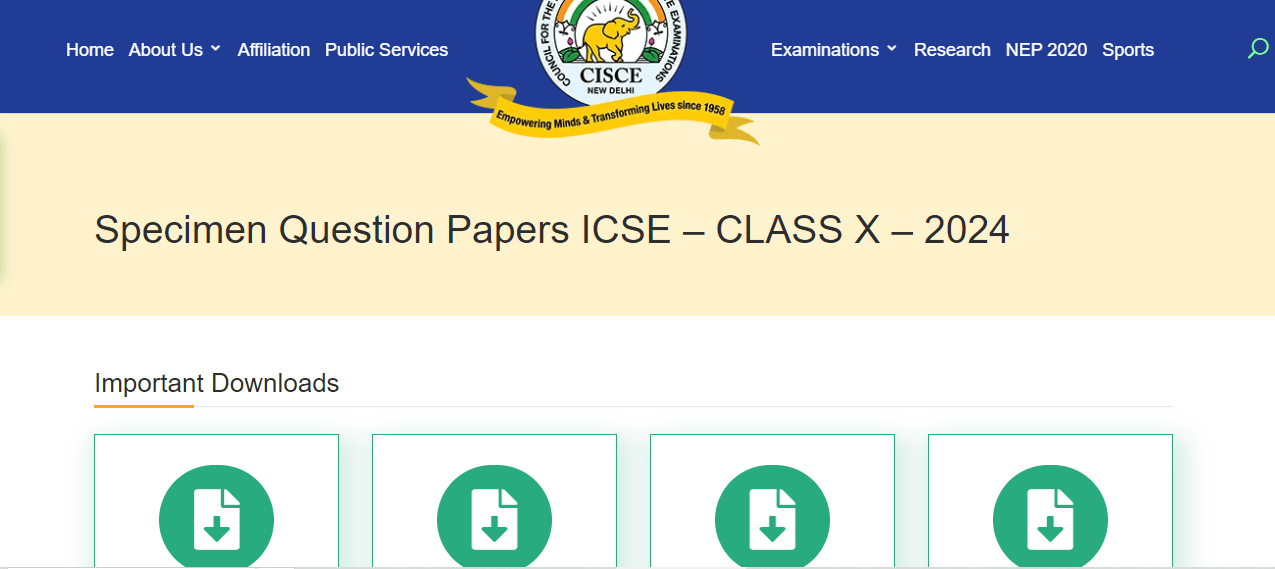
Step 8: Now, you can view, download, or print the Economics question paper by clicking on any subject.
Economics Specimen Paper 2024 – Instruction
Read all the important Economics Specimen Paper 2024-related instructions below.
- The Maximum Mark for an Economics paper is 80
- Time allowed – Two hours
- Answers to this Paper must be written on the paper provided separately.
- You will not be allowed to write during the first 15 minutes.
- This time is to be spent reading the question paper.
- The time given at the head of this Paper is the time allowed for writing the answers.
- Attempt all questions from Section A and any four questions from Section B.
- The intended marks for questions or parts of questions are given in brackets [ ].
CISCE Specimen Paper 2024 of Economics
SECTION A
(Attempt all questions from this Section.)
Question 1
Choose the correct answers to the questions from the given options.
(Do not copy the question, write the correct answers only.) [16]
(i) The ___________has to decide the reward for each factor of production.
(a) Organiser
(b) Worker
(c) Consumer
(d) Entrepreneur
(ii) Capital expenditure is _________ in nature.
(a) Recurring
(b) Non recurring
(c) Positive
(d) Persuasive
(iii) As a result of rise in consumer’s income, the demand curve for coarse-grain (inferior good) will:
(a) move upward along the same demand curve
(b) move downward along the same demand curve
(c) the demand curve will shift to the right
(d) the demand curve will shift to the left
(iv) There was difficulty in future payments under barter system due to:
(a) Lack of divisibility
(b) Lack of common measure of value
(c) Lack of storage system
(d) Lack of standard of deferred payments
(v) Jute industry is an example of __________ division of labour.
(a) Product based
(b) Geographical based
(c) Marketing based
(d) Production based
(vi) 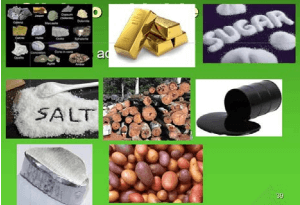
From the above visual depiction, identify the specific factor of production showcased in the image.
(a) land
(b) capital
(c) labour
(d) entrepreneur
(vii) __________ market has one seller and many buyers.
(a) Perfect
(b) Perfectly
(c) Monopoly
(d) Monopsony
(viii) If you make investments in insurances or mutual funds, then it will be called a __________ type of capital.
(a) Investment
(b) Financial
(c) Physical
(d) Profitable
(ix) Ms. Sakshi, an economics teacher, was explaining the concept of ‘minimum percentage of the total deposits to be kept by any commercial bank with the Central Bank of the country, as per norms prevailing in the country’. From the following choose the correct alternative which specifies towards the concept explained by her?
(a) Cash reserve ratio
(b) Repo rate
(c) Bank rate
(d) Statutory liquidity ratio
(x) This refers to the legal definition of money-
(a) Anything which generally acts as money
(b) Money are those things which are used as a medium of exchange
(c) Anything declared by the government as money is called money.
(d) Money consists of those things which have a high degree of portability.
(xi) Which factor out of the following serves as the primary source of consumption?
(a) Land
(b) Labour
(c) Capital
(d) Entrepreneur
(xii) Which of the following is a determinant of market demand?
(a) Taste and Preferences
(b) Consumer Credit Facility
(c) Income of the consumer
(d) Government policy
(xiii) In perfect competition the sellers are selling _____________ products.
(a) Identical
(b) Different
(c) Unique
(d) Inexpensive
(xiv) During barter exchange the rate of exchange was arbitrarily fixed. This resulted from:
(a) Lack of common measure of Value
(b) Lack of divisibility
(c) Problem of storing wealth
(d) Problem of deferred payment
(xv) Indian farmers are an example of __________ type of labour.
(a) Process based
(b) Monopoly based
(c) Product based
(d) Complex based
(xvi) A shirt costing Rs.300 represents __________ function of money.
(a) Measure of value
(b) Store of value
(c) Transfer of value
(d) Cognizable value
Question 2
(i) Give any two examples of commercial revenue. [2]
(ii) What does consumer awareness mean? [2]
(iii) ‘Specialization of labour helps the producers in their productive activities and is also beneficial to the workers’. Justify the statement with two suitable reasons. [2]
(iv) Explain the meaning of overdraft facility. [2]
Question 3
(i) Define the term demand. [2]
(ii) Why is capital subject to depreciation? [2]
(iii) How is fixed deposit different from saving deposit?
(iv) 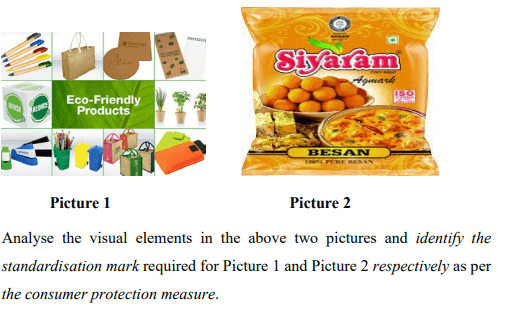
Question 4
(i) How does net debt differ from gross debt? [2]
(ii) Explain the term elasticity of demand. [2]
(iii) Ram and Shyam were both travelling by train from Delhi to Chennai separately. However, the cost of their tickets is different. Why? Give a reason for the railways charging different prices to different customers. [2]
(iv) Under what conditions does the supply of good exhibit unitary elasticity? [2]
SECTION B
(Attempt any four questions from this Section.)
Question 5
(i) With the help of a graph explain the increase in demand concept. [5]
(ii) Explain any five demerits of direct tax? [5]
Question 6
(i) (a) Define a market.
(b) Explain any three features of a monopolistic market.[5]
(ii) List any five important duties of a consumer? [5]
Question 7
(i) (a) What is the meaning of inflation?
(b) Explain any three evil effects of inflation on production.[5]
(ii) Differentiate between commercial and central banks (five points). [5]
Question 8
(i) Differentiate between extension and contraction of demand. [5]
(ii) (a) State the law of supply.
(b) Explain any three factors affecting elasticity of supply.[5]
Question 9
(i) (a) What is the meaning of the Consumer Price Index (CPI)?
(b) Mention any three objectives of GST. [5]
(ii) (a) What is the meaning of consumer exploitation?
(b) Explain any three rights of a consumer.[5]
Question 10
(i) Explain the determinants of individual demand? [5]
(ii) Read the extract and answer the following questions.
Shruti and her friends have an idea to start selling makeup kits. They already have saved money for the merchandise, models and displays. Since they all own the company, they will work for free.
(a) Name the factor of production which is not mentioned.
(b) Explain any four features/characteristics of the above (a) factor of
production.

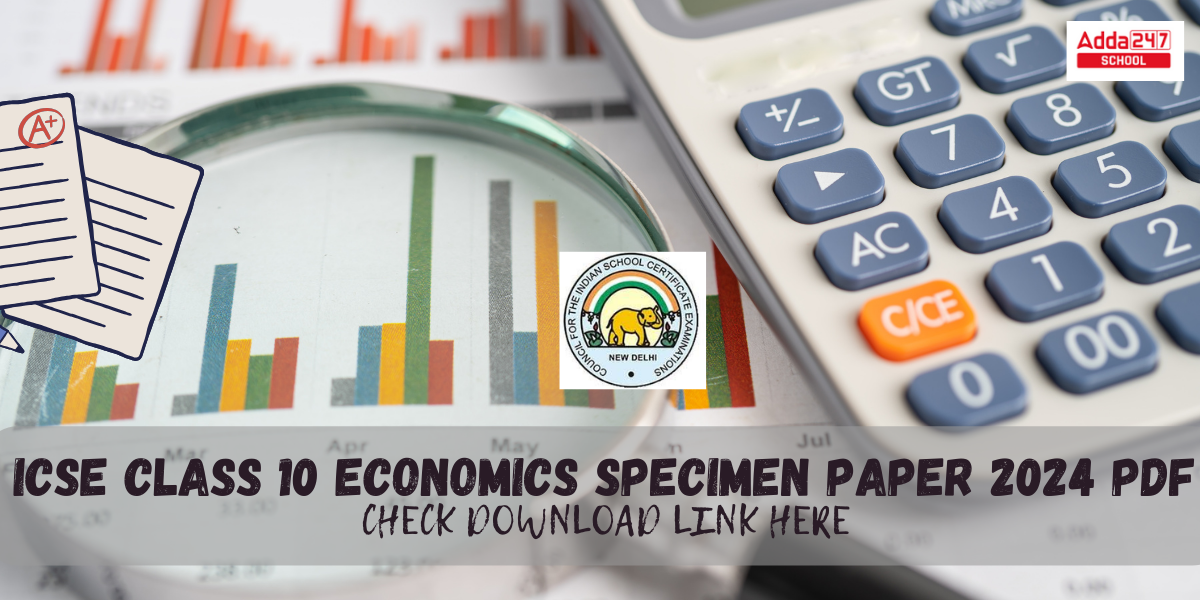







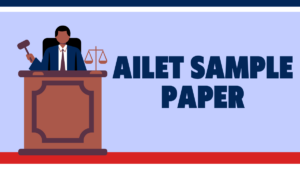 AILET Sample Paper 2026 Out, Download PD...
AILET Sample Paper 2026 Out, Download PD...
 CBSE Class 10 IT Sample Paper 2025-26 PD...
CBSE Class 10 IT Sample Paper 2025-26 PD...
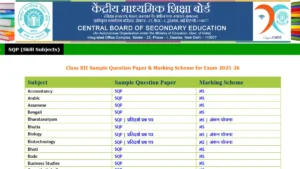 CBSE Class 12 Sample Paper 2026 with Sol...
CBSE Class 12 Sample Paper 2026 with Sol...














